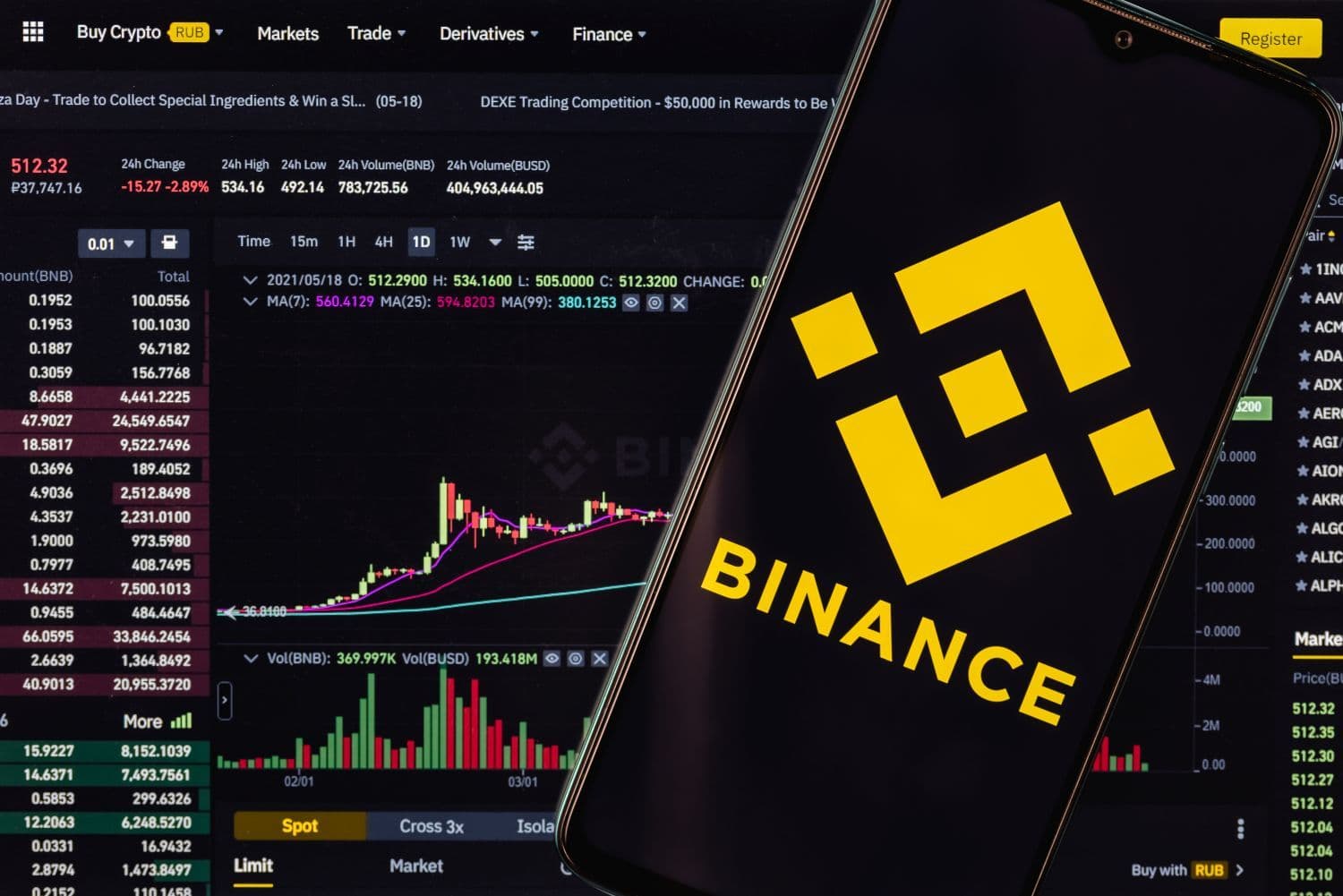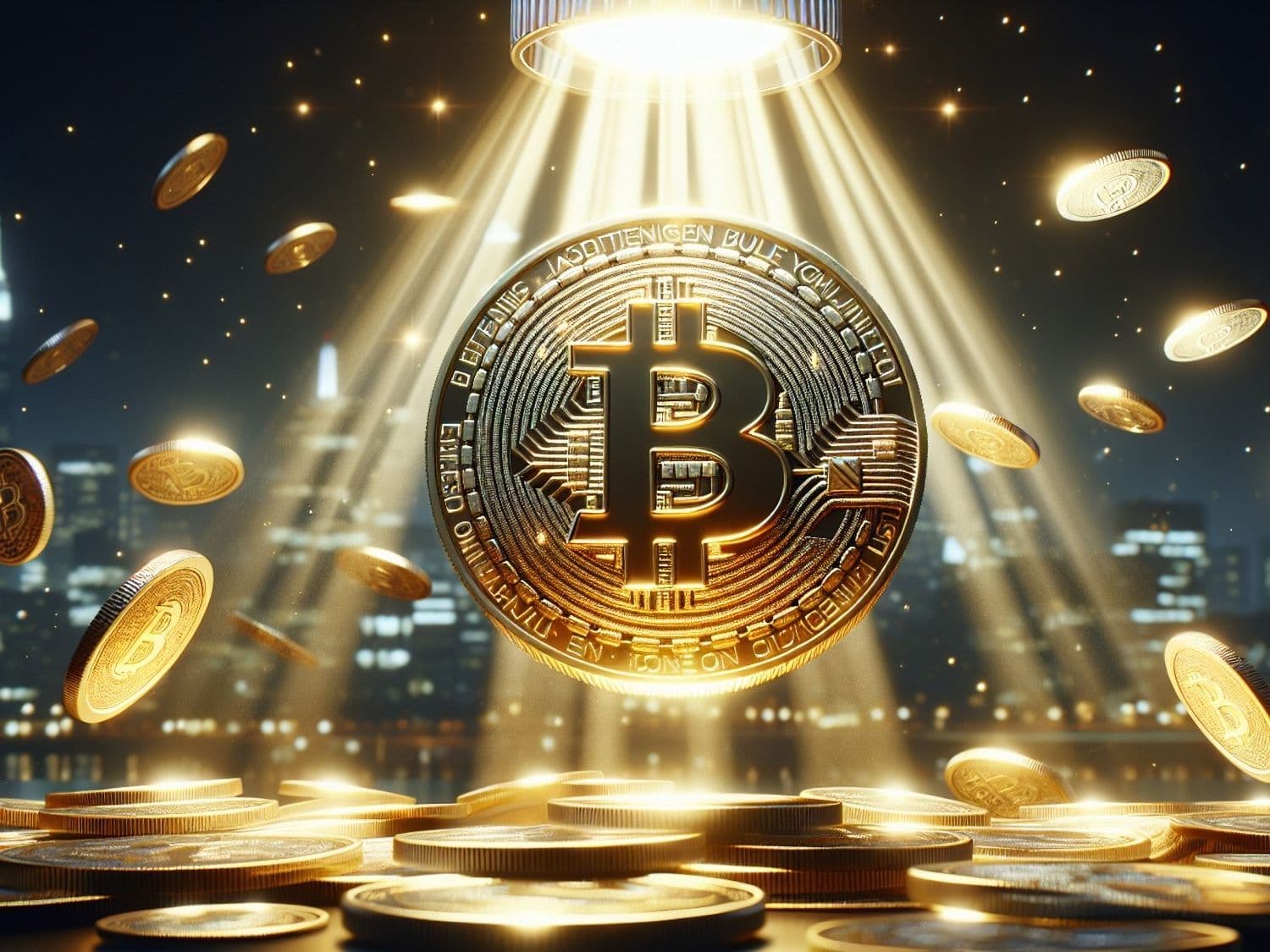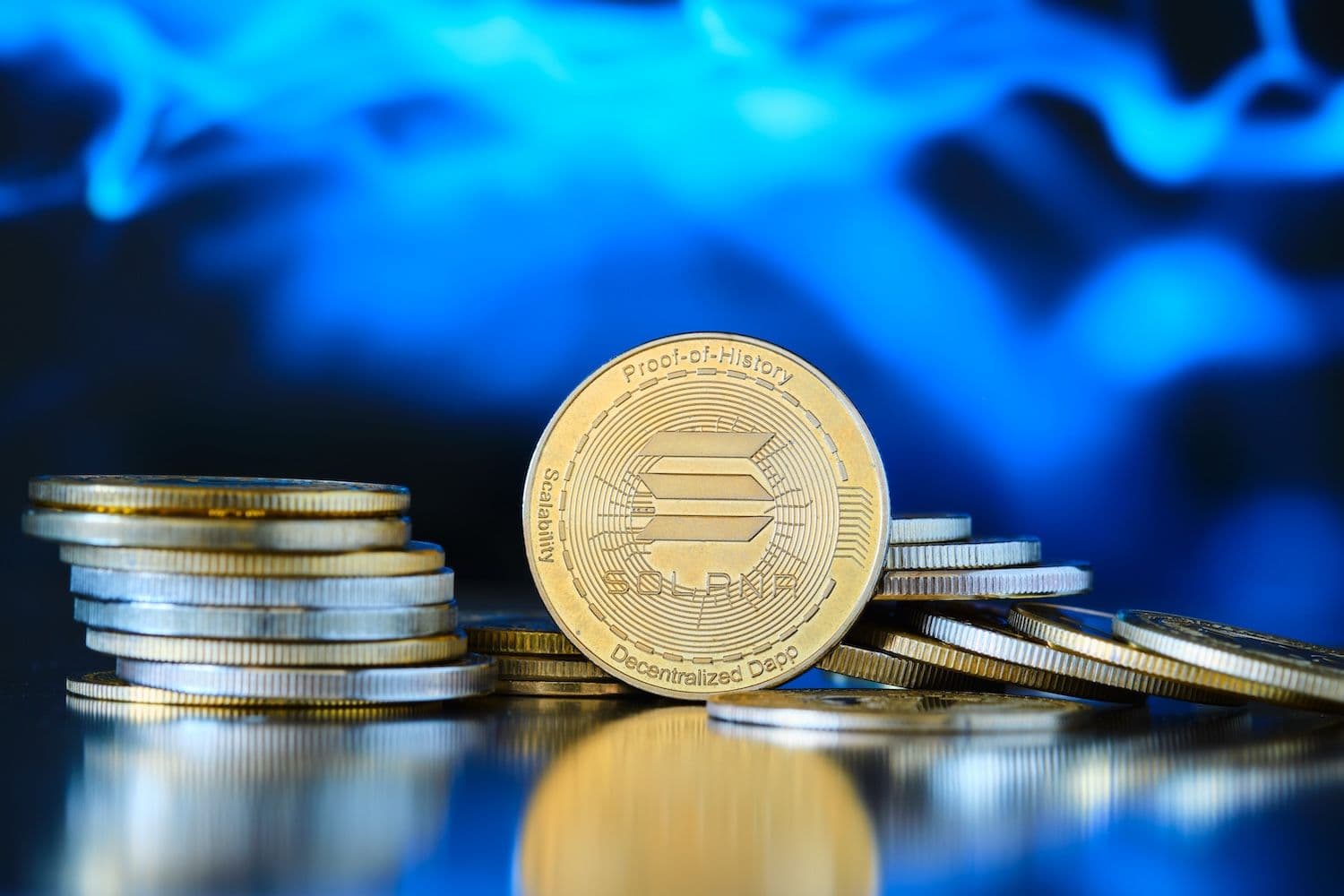$1 Million
GOAL
REACHEDPUBLIC
SALE
SOLD OUT






Latest Solana News and Insights | Yellow.com
Trust Yellow.com for the latest and most reliable Solana news and insights. Stay informed with accurate updates, expert analyses, and comprehensive articles on Solana trends and market movements.





